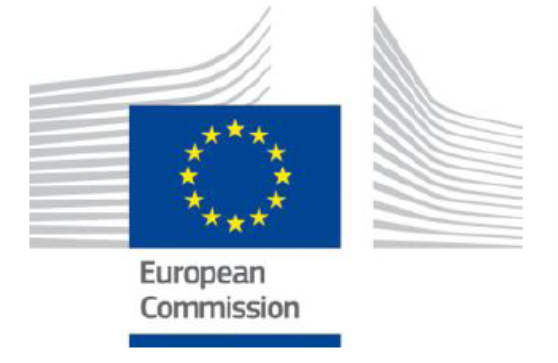European Commission Economic Sentiment Indicator, May 2024: The European Commission (EC) draws from a range of surveys to construct confidence indicators for five sectors of the economy and then uses these to calculate up its Economic Sentiment Indicator (ESI) which is converted to an index based on the long-run average.
The May* report shows the ESI edged up for both the EU and the sub-set of the Euro-zone; however, both readings remain below the respective long-run averages. For the EU, the small improvement came from improved confidence in the service sector and among consumers which was not quite balanced by a weaker position for the retail trade and construction; confidence in the industry sector was broadly stable.
This came because, although expectations about output in the coming 3 months* fell sharply, it was balanced by an improvement in the assessment of the current level of overall order books while the reports on the stocks of finished products were broadly stable. Two other questions are reported but not used in the calculation of confidence in the industry sector; the assessment of production levels over the 3 months to May* more than recovered the fall in the April* survey (suggesting that this may have been affected by the timing of Easter) and export order books were also reported to have improved, albeit more moderately.
Among the larger EU economies, the overall ESI fell improved significantly in France and the Netherlands and more moderately for Germany and Italy, while it deteriorated markedly for Spain and to a lesser extent in Poland.
As mentioned above, the ESI is calculated against the long-run average, so we can look at the position of the individual countries against their own historical situation (this is the best way to compare between countries). In the May* survey, 10 (8 in April*) countries have an ESI above 100 – Bulgaria, Croatia, Cyprus, Denmark (new this month), Greece, Italy (returning to this list), Poland, Portugal, Romania and Spain; in addition, Lithuania had an ESI reading of exactly 100. The EU candidate countries also participate in this survey and Albania, Montenegro, North Macedonia (also new this month) and Serbia also have an ESI reading above their long-run average.
* Note that although dated May, with the data collection period running from 1st to 23rd of that month, the trends really refer to April and the 3-month periods ending in and following after this month.
You can download the EC report and statistical annex from their web-site at https://economy-finance.ec.europa.eu/economic-forecast-and-surveys/business-and-consumer-surveys/download-business-and-consumer-survey-data/press-releases_en (open the 2024 box) or you can request it from MTA.

